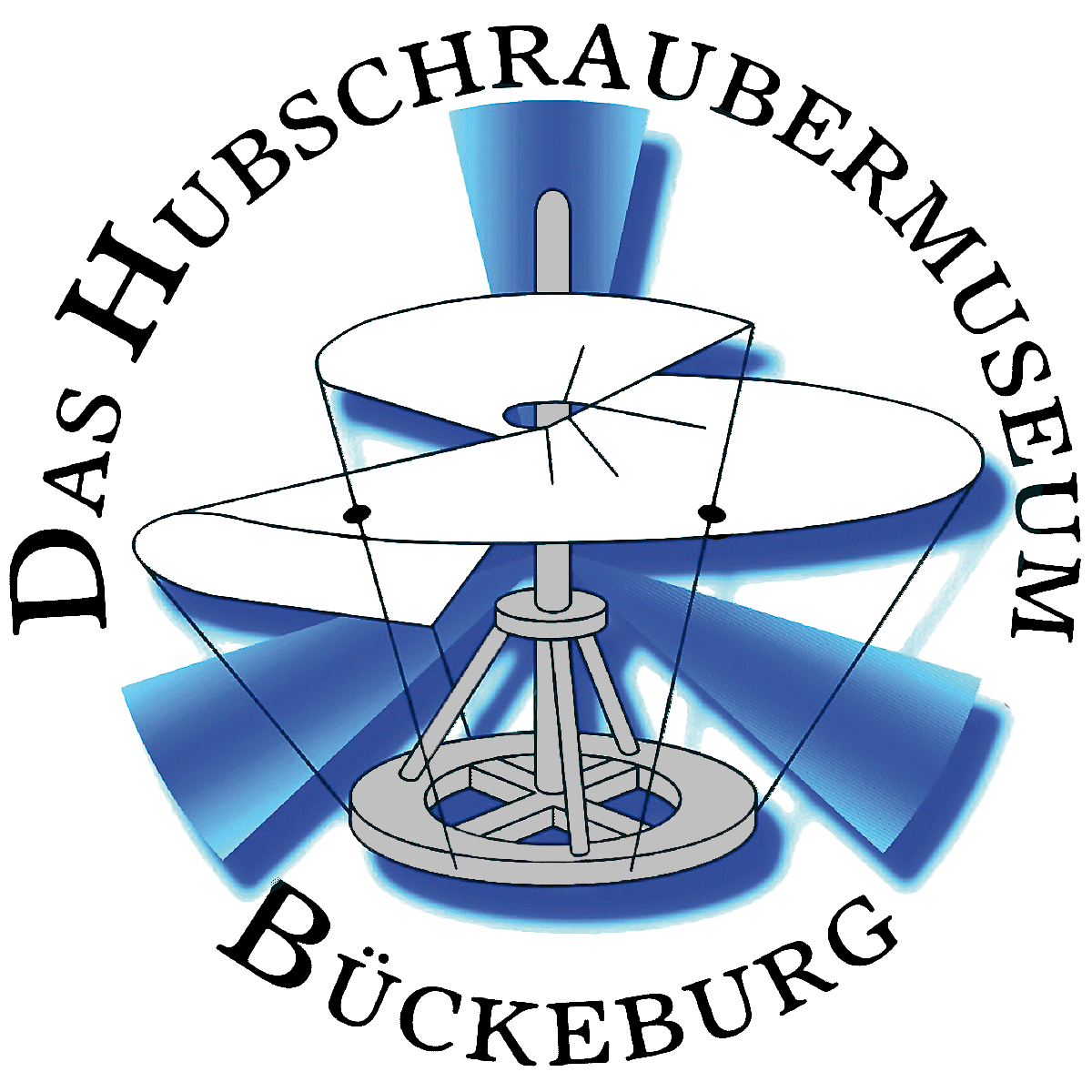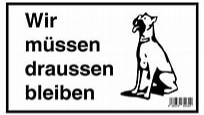Hiller VZ-1 PAWNEE-EN
Hiller VZ-1 PAWNEE
The Hiller VZ-1 Pawnee (U.S. Army designation; earlier Army designation: HO-1) was a unique direct-lift rotor aircraft, using contra-rotating ducted fans for lift inside a platform upon which the single pilot shifted body weight for directional control. The platform was developed starting in 1953 under an Office of Naval Research (ONR) contract to Hiller Aircraft, and flew successfully beginning in 1955.
The original concept had been developed by Charles H. Zimmerman in the late 1940s.Further development followed, both by Hiller Aircraft and the De Lackner Company. There were two main models, the ONR model 1031-A-1, and the somewhat larger VZ-1 Pawnee model produced in 1956 for the U.S. Army. Three of each model were built as prototypes. Neither of the variants was put into production.
The smaller ONR model used two 44 horsepower (33 kW) Nelson H-59 piston engines, coupled to the propellers by a modified helicopter transmission built by the Industrial Power Division of Hall-Scott. The larger Pawnee model used three of those engines and had an extended duct area. The Pawnee had ineffective “kinesthetic control” and instead had the operator seated on a platform controlling the flight with conventional helicopter controls.
Due to aerodynamic effects in the duct within which the propellers rotated, the platform was dynamically stable, even though the pilot and center of gravity of the platform were fairly high up. In testing, the prototypes flew well, but the U.S. Army judged them to be impractical as combat vehicles as they were small, limited in speed and only barely flew out of the ground cushion effect.
Two of the six prototypes are known to survive; both are ONR 1031-A-1 models. One is located at the Hiller Aviation Museum in San Carlos, California, the other is at the National Air and Space Museum’s Udvar-Hazy Center in Chantilly, Virginia. The latter platform was formerly on loan to the Pima Air & Space Museum. A replica of the 1031 platform is on display at the Evergreen Aviation & Space Museum.
Specifications (Model 1031-A-1)
General characteristics
- Crew: 1
- Capacity: 185 lb (84 kg) payload
- Diameter: 8 ft 4 in (2.54 m)
- Height: 7 ft (2.1 m)
- Empty weight: 370 lb (168 kg)
- Max takeoff weight: 555 lb (252 kg)
- Powerplant: 3 × Nelson H-59 4-cylinder air-cooled horizontally-opposed piston engines, 40 hp (30 kW) each at 4,000 rpm
- Transmission: Hall-Scott helicopter variant
- Main rotor diameter: 2× 7 ft (2.1 m)
- Main rotor area: 76.98 sq ft (7.152 m2) 2 × contra-rotating two-bladed aluminum
Performance
- Maximum speed: 16 mph (26 km/h, 14 kn)
- Service ceiling: 32.8 ft (10.0 m)
Text from Wikipedia, the free encyclopedia
Note: The exhibit shown here is not an original one, but it based very good on the original appearance.



